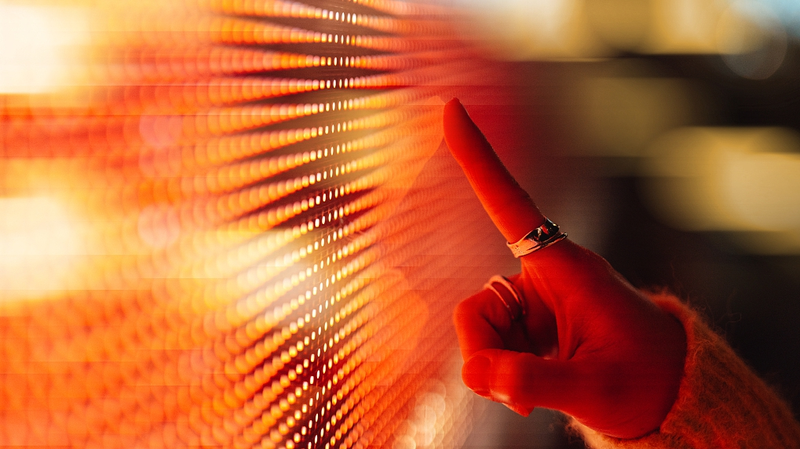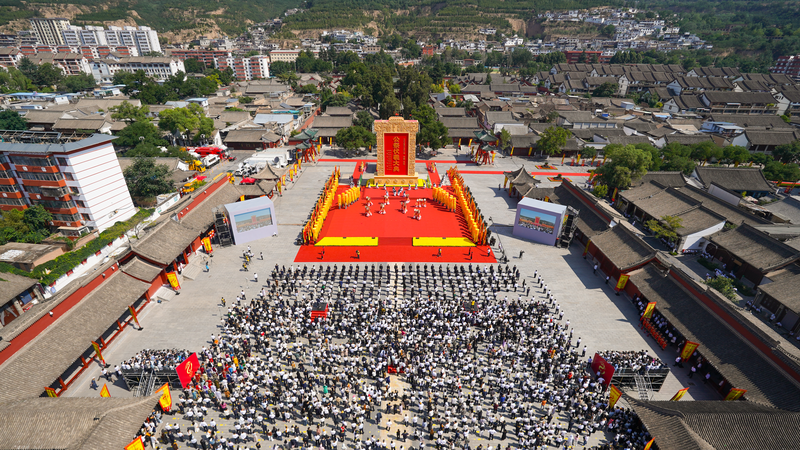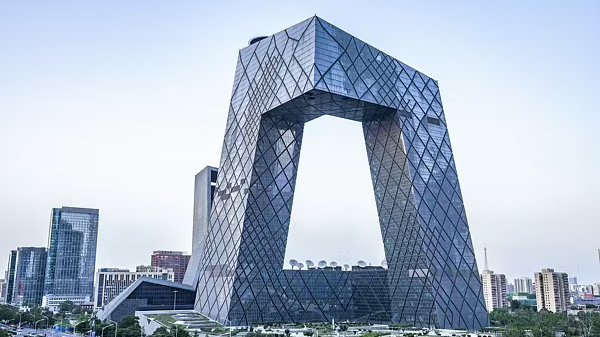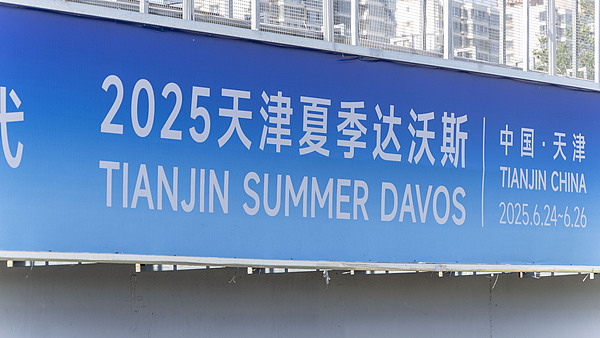A research team from the University of Science and Technology of China has achieved a game-changing milestone in display technology by developing ultra-stable, high-brightness perovskite LEDs. Led by Professor Xiao Zhengguo, the group engineered all-inorganic perovskite films with larger crystal grains and fewer defects, pushing LED brightness beyond 1.16 million nits and extending operational lifespans past 180,000 hours.
Perovskite materials have long been prized for their high luminous efficiency, affordability, and flexible processing. However, traditional designs struggled to balance efficiency with stability—small nanoparticles and ultra-thin layers improved light output but sacrificed lifespan, often lasting only a few hours.
To overcome this, Xiao’s team introduced specific compounds into the perovskite mix and applied a high-temperature annealing process. The result: a new film with greater internal order and enhanced heat resistance. Tests showed luminous efficiency exceeding 22 percent—on par with commercial displays—and an extreme brightness that dwarfs the several thousand-nit range of typical screens.
This breakthrough opens doors for ultra-high-brightness lighting, next-generation AR/VR displays, and energy-efficient signage worldwide. Entrepreneurs and startups in display tech can look forward to more durable, efficient products. For travelers and digital nomads, longer-lasting, vibrant screens mean seamless on-the-go experiences, from video calls to mobile gaming.
Published in the journal Nature, these findings mark a significant step toward commercializing perovskite LEDs. As demand grows for immersive, energy-saving displays across G20 markets, this innovation positions perovskite technology at the forefront of the screen evolution.
Reference(s):
cgtn.com




